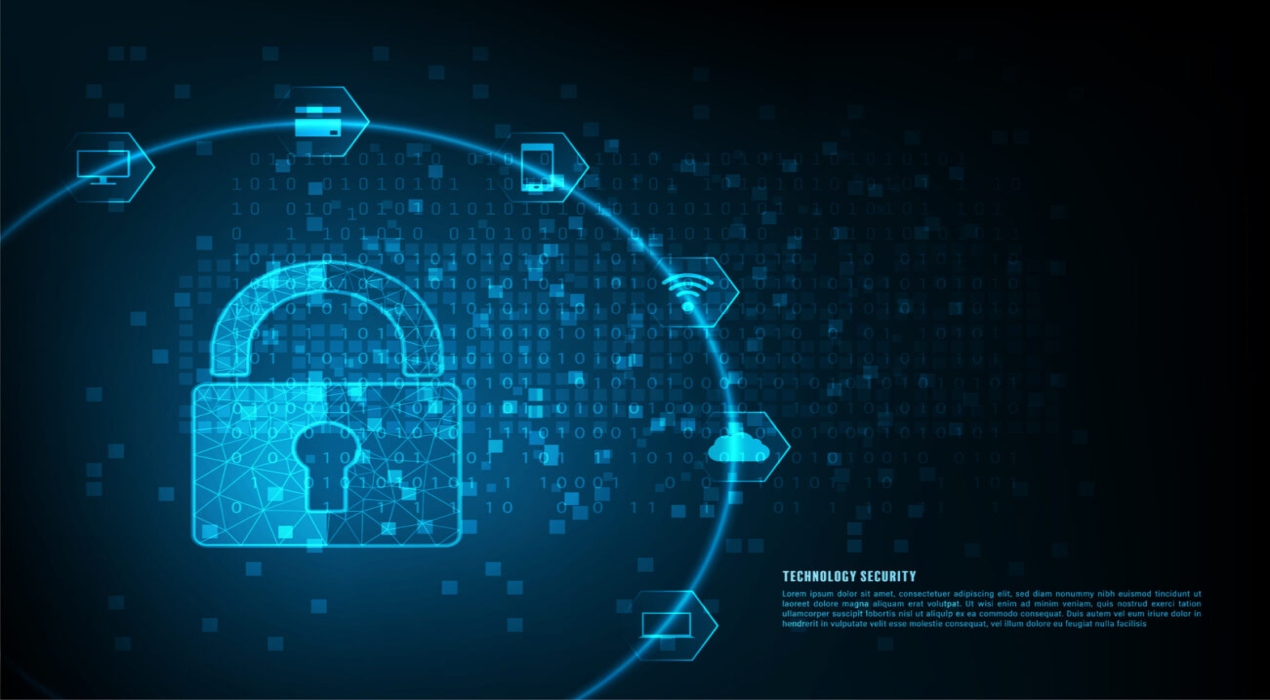
The proportion of online administrative services hit 45.78% as of June, growing 1.6 times from the same period last year. The figure was among the highlights listed in a report by the Ministry of Information and Communications (MIC) released earlier this week.
The revenue of the IT industry in June was estimated at US$12.2 billion, up 30% year-on-year, with hardware and electronics export turnover hitting some US$9.5 million, increasing by 28% over the same period in 2021. Last month, government departments and industry players completed major projects in the post, telecommunications, and IT sectors. Among them were the organisation of a symposium on The Future of the Internet and an international seminar and exhibition: Vietnam Security Summit 2022.
Also in the month, MIC launched the make-in-Vietnam digital products award 2022 to encourage, promote, and find outstanding Vietnamese technology products. Directing the sector’s operations in the time to come, the Minister of Information and Communications, Nguyen Manh Hung, underscored the opening of digital museums, shutting off 2G networks, and running frequency auctions in the last six months of the year. He also requested completing the content of several laws including ones regarding electronic transactions, the digital technology industry, and telecommunications, among others.
Meanwhile, in June, several provinces across the country launched digital-centric initiatives and set digital transformation goals for the future. For example, Ha Long, a city in Quang Ninh province, announced its plans to have a 20%-25% average annual growth rate in the number and value of cashless payments by 2025. Officials held a teleconference discussing the implementation of a project for non-cash payment development for 2022-2025 across the city’s 33 communes and wards.
Ha Long plans to secure cashless payments, improve the banking system’s operational efficiency and state authorities’ supervision and management effectiveness, and use emerging technologies to develop a robust payment infrastructure system. By 2025, it expects that at least 90% of the residents aged 15 and above will have cashless transaction accounts. Up to 99% of contributions to the State budget and 100% of tuition fees at local schools and educational establishments are expected to be paid through digital methods.
Further, the Thanh Hoa provincial Farmers’ Union and Post Office signed a cooperative agreement to help farmers digitise the production and sale of farm produce and goods for the 2021-2025 period. So far, over 70% of the Farmers’ Union direction and guidance documents at the provincial and district levels are available online. Many agricultural products of the Union’s members have been introduced on two state-owned e-commerce platforms, namely, Postmart and Vo So.
Over the next two years, the federation plans to create content in the form of short video clips and news broadcasts, using artificial intelligence (AI) and infographic technology for social media sites. It will also release monthly news bulletins and clips outlining procedures to establish grassroots trade unions and new labour policies, as well as healthcare for workers. By 2025, the federation aims to complete and operationalise information processing software for all its units and process at least 80% of work papers at the provincial level and 70% of work papers at the district level online.

















